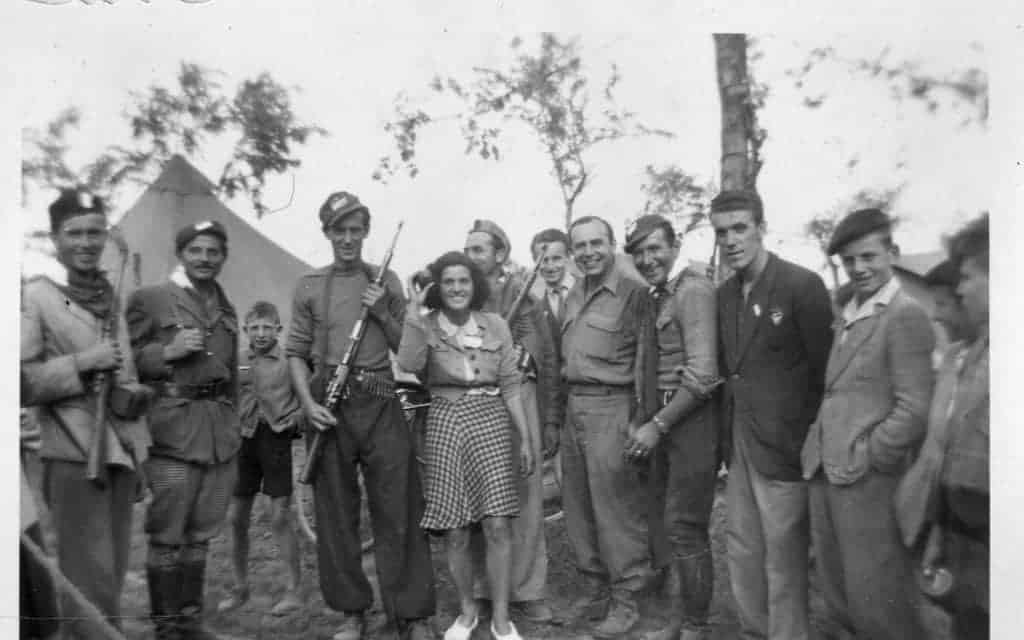On this day in 1944, the US begins to supply anti-Nazi guerrillas in Western Europe. From this day US aircraft begin to drop supplies, including arms to guerrilla forces in Nazi-occupied Europe. This was the start of a new strategy by Washington which sought to use existing guerrilla networks to undermine the Germans occupation of Europe. In every country occupied by the Germans, Italians or later the Japanese there arose some form of a resistance movement. There were forces or partisans in every occupied territory. They were irregular forces that were lightly armed and they were usually nationalists or communist groups. They would seek to stage ambushes on the occupiers and they regularly assassinated soldiers and officers. The various Resistance groups were often invaluable to the Allies as they provided information to them on the location and movement of Axis forces and armies. The guerrillas also had many sympathizers and they had the support of many people. All of the Resistance groups would intimidate or assassinate the many Nazi collaborators in their country. The guerrillas often carried out sabotage operations against communications, supply lines and command and control centers.

France had a very large resistance network that was active in almost every area of the country. They helped the Allies greatly in the run-up to the D-Day landings. They attacked German communication lines and especially the railways. When the allies invaded, they increased their attacks on the Nazis and their collaborators the Vichy French. The French Resistance was loyal to the Free French leader, General De Gaulle. The French Resistance liberated many areas of France, especially in the southwest. They also played a heroic role in the liberation of Paris in 1944.
The Resistance movement in the Low Countries was also very effective and helped the Allies to liberate their countries. Italy had the biggest guerrilla movement in western-Europe. It had started out as an anti-Fascist movement. After Mussolini was deposed and Italy surrendered they turned their guns on the Nazi occupiers. The Italian Resistance fought a civil war with die-hard Fascists after Mussolini set up the Salo Republic, in Northern Italy, after his rescue by Nazi special forces. By 1945 the Italian partisans or guerrillas had liberated much of Northern Italy and they also captured and killed Mussolini.
The US, along with Britain came to appreciate the contributions of the various guerrilla forces to the liberation of Europe. The Anglo-American support was essential for the various Resistance movements. The weapons that were airdropped helped them to launch even more attacks on the Nazi occupiers and their collaborators. The Nazis reacted brutally to any guerrilla attacks and committed many massacres in retaliation for the killings of their soldiers. If a guerrilla was captured they would be routinely tortured by the SS or Gestapo. After the war, many guerrillas did not receive official recognition.


